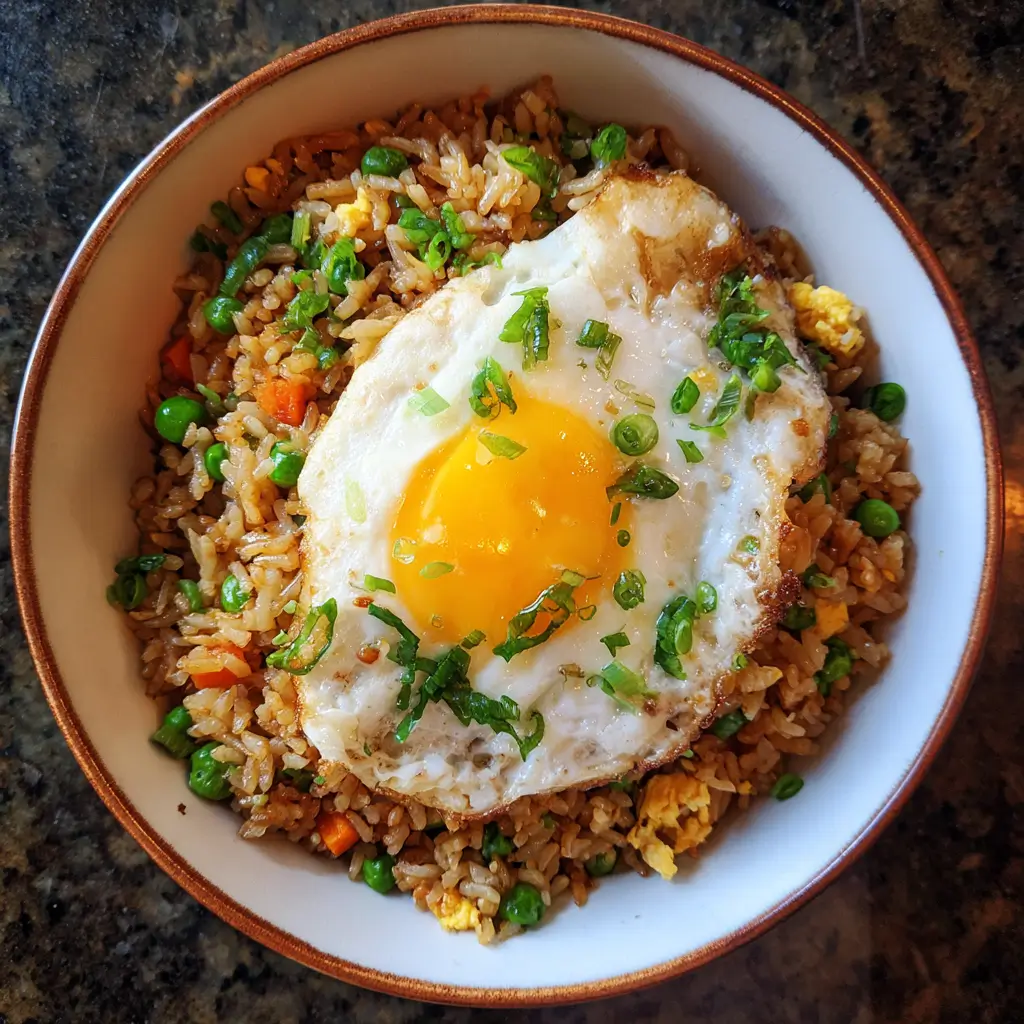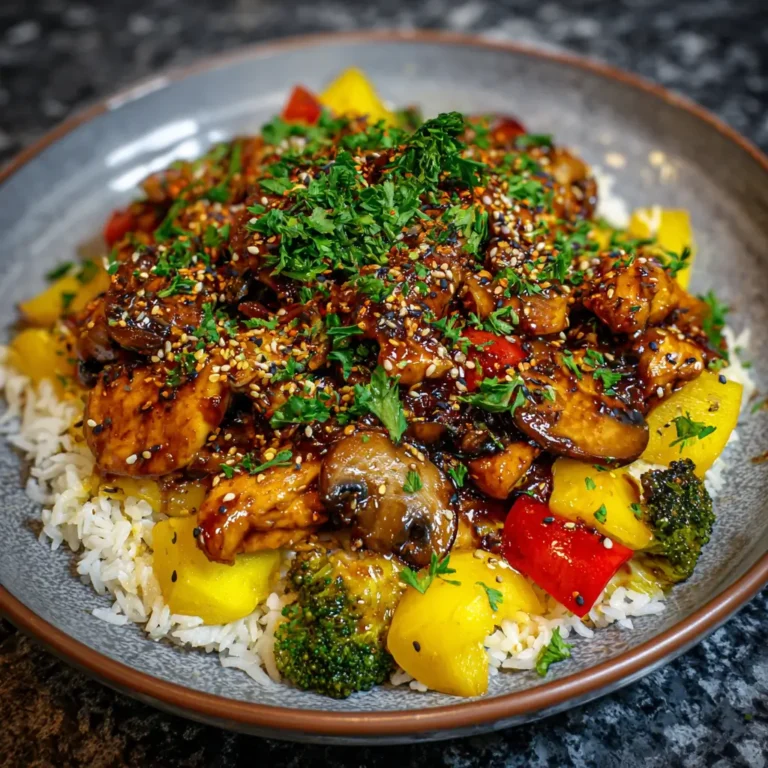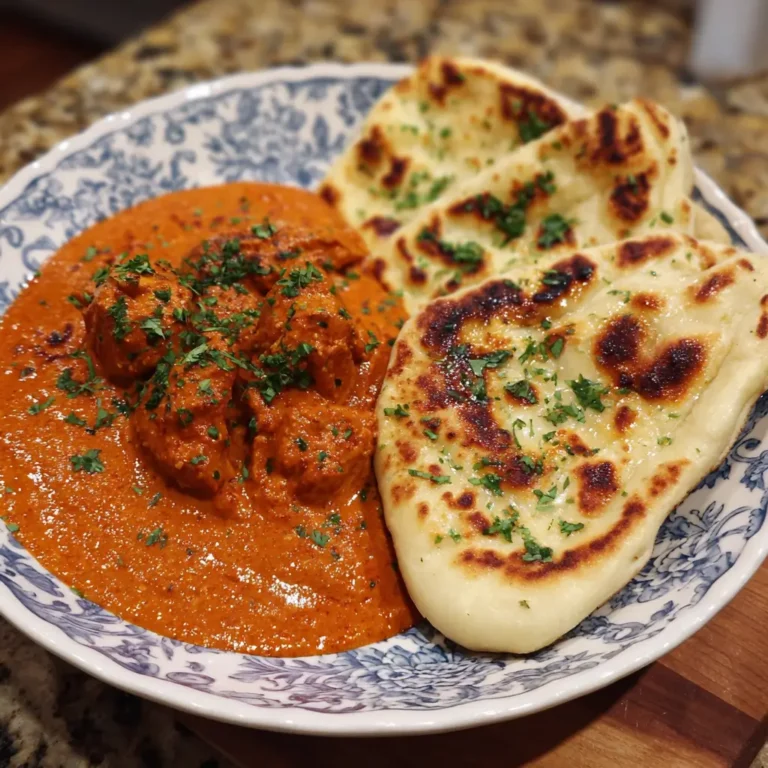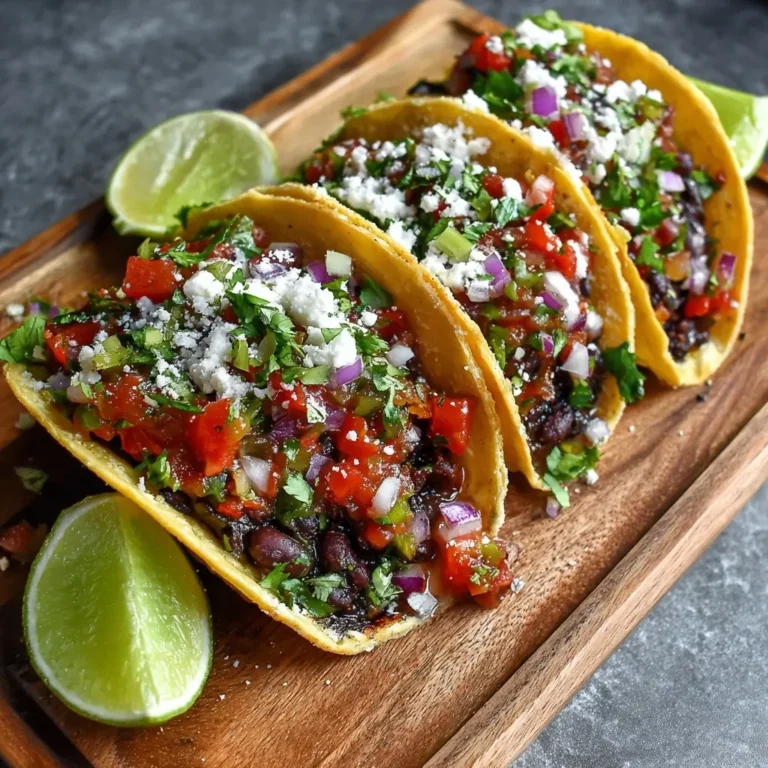Egg Fried Rice
Egg Fried Rice: A Timeless Classic Comfort Dish
Egg fried rice is one of the most beloved dishes in Asian cuisine, particularly within Chinese culinary traditions. It’s a simple yet flavorful meal that transforms humble ingredients—rice, eggs, and vegetables—into a satisfying dish enjoyed by millions around the world. Whether served as a side or a main course, egg fried rice offers a perfect balance of texture, taste, and nutrition. Its versatility allows it to be customized with various proteins, vegetables, and seasonings, making it ideal for quick weeknight dinners, leftovers transformation, or restaurant-style takeout at home.
The History of Egg Fried Rice
The origins of egg fried rice trace back centuries to ancient China, where fried rice was first developed as a practical way to repurpose leftover rice. In traditional Chinese households, wasting food was frowned upon, so cooking yesterday’s rice with available ingredients like eggs, scallions, and soy sauce became a common practice. Over time, this resourceful dish gained popularity not just in homes but also in street food stalls and restaurants across Asia.
As Chinese immigrants traveled globally, they brought their culinary traditions with them, adapting fried rice to local tastes and ingredients. In countries like Thailand, Malaysia, Indonesia, and the United States, regional variations emerged, incorporating local spices, vegetables, and proteins. Today, egg fried rice is considered a staple in many Asian fusion cuisines and remains a hallmark of comfort food worldwide.
Interestingly, the technique of frying rice over high heat in a wok—known as “wok hei” (the breath of the wok)—is what gives authentic Chinese fried rice its distinctive smoky flavor and slightly charred aroma. This method requires skill and speed, which is why professional chefs are often admired for their ability to create perfect fried rice in minutes.
Ingredients Breakdown: What Makes Egg Fried Rice So Delicious?
The magic of egg fried rice lies in its simplicity and the harmony of its components. Each ingredient plays a crucial role in building flavor, texture, and color:
- Cooked Rice: Preferably day-old, cold jasmine or long-grain white rice. Freshly cooked rice tends to be too moist and sticky, leading to clumping when stir-fried. Cold rice has dried out slightly, allowing each grain to remain separate and absorb flavors better during frying.
- Eggs: Large chicken eggs are standard. They add richness, protein, and a soft, fluffy texture. Beaten well before scrambling into the hot oil, they form golden ribbons throughout the rice.
- Vegetable Oil or Sesame Oil: High smoke point oils like peanut, canola, or vegetable oil are best for stir-frying. A small amount of toasted sesame oil added at the end enhances aroma without overpowering the dish.
- Soy Sauce: Light soy sauce is preferred for seasoning because it adds saltiness without darkening the rice excessively. Some recipes use a combination of light and dark soy sauce for depth of flavor.
- Garlic and Ginger: Minced garlic and freshly grated ginger contribute aromatic complexity and subtle warmth, forming the flavor base of the dish.
- Green Onions (Scallions): Sliced scallions are used both during cooking and as a garnish. The white parts cook with the rice for flavor; the green parts add freshness and color at the end.
- Optional Vegetables: Carrots, peas, corn, bell peppers, mushrooms, and onions are popular additions. These bring sweetness, crunch, and vibrant colors to the dish.
- Optional Proteins: While traditional egg fried rice focuses on eggs, many variations include diced ham, cooked chicken, shrimp, tofu, or even bacon for added heartiness.
- Seasonings: White pepper, MSG (optional), rice vinegar, or a splash of oyster sauce can elevate the umami profile.
Step-by-Step Recipe: How to Make Perfect Egg Fried Rice at Home
Follow these detailed steps to recreate restaurant-quality egg fried rice in your own kitchen. The key is preparation, timing, and high heat.
- Prepare All Ingredients Ahead of Time (Mise en Place):
Chop all vegetables finely. Beat the eggs in a bowl with a pinch of salt. Have your cold rice ready—break up any large clumps with your fingers so the grains are loose. Measure out soy sauce, oil, and other seasonings. Stir-frying happens quickly, so everything must be within reach. - Heat the Wok or Skillet:
Use a carbon steel wok or a large non-stick skillet. Place it over high heat until very hot—this ensures proper searing and prevents sticking. Add 1–2 tablespoons of neutral oil (like canola or peanut oil) and swirl to coat the surface. - Scramble the Eggs:
Pour in the beaten eggs. Let them sit for a few seconds, then gently scramble with a spatula until just set but still slightly soft. Remove immediately from the wok and set aside. Do not overcook—the residual heat will finish them later. - Fry Aromatics:
Add another tablespoon of oil if needed. Toss in minced garlic and grated ginger, stir for about 10–15 seconds until fragrant (do not burn). Follow with chopped onions, carrots, peas, or any other vegetables. Stir-fry for 1–2 minutes until tender-crisp. - Add the Rice:
Increase heat to high. Add the cold rice in batches, pressing it down gently with the spatula to break up clumps. Stir and toss continuously for 2–3 minutes, allowing the rice to fry and develop a slightly crisp texture. You should hear a light sizzling sound—this indicates proper heat level. - Incorporate Soy Sauce and Seasonings:
Drizzle 1–2 tablespoons of light soy sauce evenly over the rice. Add a pinch of white pepper and optionally a small amount of MSG or rice wine for extra umami. Continue tossing vigorously to distribute the sauce uniformly. - Return Eggs to the Wok:
Add the scrambled eggs back into the pan. Break them into smaller pieces using the spatula and mix thoroughly with the rice. - Finish with Scallions and Sesame Oil:
Stir in the white parts of sliced scallions. Cook for another 30 seconds, then remove from heat. Stir in the green parts and a half-teaspoon of toasted sesame oil for fragrance. Taste and adjust seasoning if necessary. - Serve Immediately:
Transfer to warm plates while hot. Serve alongside dishes like sweet and sour pork, kung pao chicken, or simply enjoy on its own with a drizzle of chili oil or sriracha.
Tips for Making the Best Egg Fried Rice
- Use Cold Rice: Leftover rice refrigerated overnight works best. If you’re in a hurry, spread freshly cooked rice on a tray and let it cool in the fridge for 30–60 minutes.
- Don’t Skip the Mise en Place: Once you start cooking, there’s no time to chop or measure. Everything should be prepped and ready.
- High Heat Is Essential: A blazing hot wok prevents soggy rice and promotes caramelization and “wok hei.” If using an electric stove, preheat longer and consider using a flat-bottomed wok.
- Avoid Overcrowding: Cook in batches if doubling the recipe. Too many ingredients lower the temperature and steam instead of fry.
- Less Soy Sauce = Better Color: Too much soy sauce turns the rice dark and overly salty. Start with 1 tablespoon and add more only if needed.
- Break Up Rice Clumps Early: Use your fingers before adding to the wok, and press down with a spatula once in the pan.
- Don’t Overmix the Eggs: Remove them while still slightly underdone. They’ll continue cooking when added back.
- Use Toasted Sesame Oil Sparingly: It’s potent. Just a few drops at the end add aroma without bitterness.
Variations and Customizations
Egg fried rice is incredibly adaptable. Here are some popular twists based on regional styles and dietary preferences:
- Thai-Style Egg Fried Rice: Uses jasmine rice and includes fish sauce, lime juice, and sometimes chili flakes. Often served with cucumber slices and a fried egg on top.
- Korean Kimchi Fried Rice (Kimchi Bokkeumbap): Adds fermented kimchi, gochujang (Korean chili paste), and sometimes spam or sliced cheese for a spicy, tangy kick.
- Pineapple Fried Rice: Popular in Thai and Southeast Asian restaurants, this version includes diced pineapple, raisins, cashews, and curry powder for a sweet-savory profile.
- Vegetarian/Vegan Egg Fried Rice: Replace eggs with crumbled firm tofu or chickpea flour scramble. Use tamari instead of soy sauce to keep it gluten-free.
- Protein-Packed Versions: Add diced ham, cooked shrimp, shredded chicken, or Chinese sausage (lap cheong) for a more substantial meal.
- Low-Carb Option: Substitute rice with cauliflower rice. Sauté separately to remove moisture, then combine with eggs and seasonings.
- Japanese Tamago Chahan: Japanese-style fried rice featuring seasoned scrambled eggs, often with a touch of dashi or mirin for sweetness and umami.
- Extra Crunchy Version: Fry the rice longer to achieve a crispy bottom layer, similar to Spanish socarrat or Korean dolsot bibimbap.
Health Considerations and Nutritional Value
Egg fried rice can be part of a balanced diet when made with mindful ingredient choices. Here’s a nutritional breakdown per typical serving (about 1 cup, homemade with moderate oil and soy sauce):
- Calories: ~300–400 kcal
- Carbohydrates: ~45–55g (from rice and vegetables)
- Protein: ~10–14g (mainly from eggs and optional meat/vegetables)
- Fat: ~10–15g (depends on oil used)
- Sodium: ~600–900mg (can be reduced by using low-sodium soy sauce)
- Fiber: ~2–4g (increased with more vegetables)
Health Tips:
- Use brown rice for higher fiber and a lower glycemic index.
- Limit oil to 1–2 teaspoons per serving to reduce fat content.
- Boost nutrition by adding colorful vegetables like broccoli, spinach, zucchini, or kale.
- Reduce sodium by substituting regular soy sauce with reduced-sodium versions or coconut aminos.
- Avoid processed meats like ham or bacon if aiming for a cleaner diet.
- For heart health, opt for unsaturated oils like avocado or olive oil (though olive oil has a lower smoke point).
While traditional egg fried rice isn’t inherently low-calorie, portion control and smart substitutions make it suitable for various dietary goals—including weight management, muscle building, or diabetic-friendly eating patterns.
Ingredients
- 3 cups cold cooked white rice (preferably jasmine or long-grain)
- 3 large eggs, lightly beaten with a pinch of salt
- 2 tablespoons vegetable oil (or peanut/canola oil), divided
- 2 cloves garlic, minced
- 1 teaspoon fresh ginger, grated
- 1/2 cup frozen peas and carrots (thawed)
- 1/4 cup diced onion (optional)
- 3 green onions (scallions), sliced (whites and greens separated)
- 1–2 tablespoons light soy sauce (adjust to taste)
- 1/4 teaspoon white pepper
- 1/2 teaspoon toasted sesame oil
- Optional: 1/4 cup diced ham, cooked shrimp, or tofu
- Optional: pinch of MSG (for enhanced umami)
Directions
- Break up the cold rice with your hands to loosen the grains. Set aside.
- In a small bowl, beat the eggs with a pinch of salt. Set aside.
- Heat a large wok or non-stick skillet over high heat. Add 1 tablespoon of oil and swirl to coat.
- Pour in the beaten eggs. Stir gently until softly scrambled. Transfer to a plate and set aside.
- Add the remaining 1 tablespoon of oil to the wok.
- Add minced garlic, grated ginger, and diced onion. Stir-fry for 15–20 seconds until fragrant.
- Add peas, carrots, and any additional vegetables. Stir-fry for 1–2 minutes until heated through.
- Add the cold rice. Use a spatula to press down and break up any lumps. Stir-fry for 2–3 minutes until rice is hot and starts to crisp slightly.
- Drizzle soy sauce and white pepper over the rice. Toss well to combine evenly.
- Return the scrambled eggs to the wok. Break them into small pieces and mix thoroughly with the rice.
- Add the white parts of the scallions. Stir-fry for another 30 seconds.
- Remove from heat. Stir in the green parts of the scallions and toasted sesame oil.
- Taste and adjust seasoning if needed. Serve immediately while hot.
FAQ
Q: Can I use freshly cooked rice for fried rice?
A: Yes, but it’s not ideal. Fresh rice contains more moisture, which can make the dish mushy. If you must use fresh rice, spread it on a tray and let it air-dry for 15–20 minutes, or chill in the refrigerator for at least 30 minutes before frying.
Q: Why is my egg fried rice sticky?
A: Sticky rice usually results from using warm, moist rice or not using enough oil. Always use cold, dry rice and ensure your pan is hot enough to evaporate excess moisture during cooking.
Q: Can I make egg fried rice without soy sauce?
A: Yes. You can use tamari, coconut aminos, or even a dash of fish sauce for flavor. For a completely soy-free option, season with salt, garlic, and sesame oil.
Q: How do I store leftover egg fried rice?
A: Cool it quickly and refrigerate in an airtight container within two hours. It keeps well for 3–4 days. Reheat in a skillet over medium heat with a splash of water to restore moisture.
Q: Is egg fried rice safe to reheat?
A: Yes, but only once. Improper storage of cooked rice can lead to Bacillus cereus bacteria growth, so always refrigerate promptly and reheat thoroughly until steaming hot.
Q: Can I freeze egg fried rice?
A: Absolutely. Freeze in portion-sized containers for up to 3 months. Thaw overnight in the fridge or reheat directly from frozen in a wok or microwave.
Q: What gives fried rice its yellow color?
A: Traditionally, it’s the natural color of eggs and soy sauce. Some restaurants add turmeric or saffron for a brighter yellow hue, especially in “American-Chinese” style versions.
Summary
Egg fried rice is a delicious, versatile dish that celebrates simplicity, resourcefulness, and bold flavors. With just a few basic ingredients and the right technique, you can create a satisfying meal that rivals your favorite takeout.






